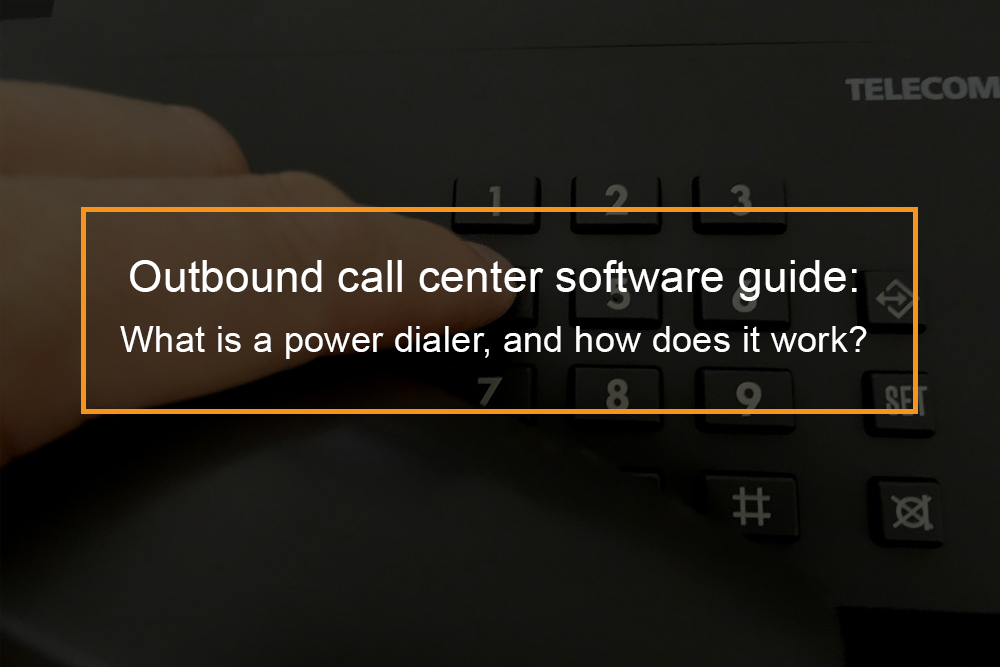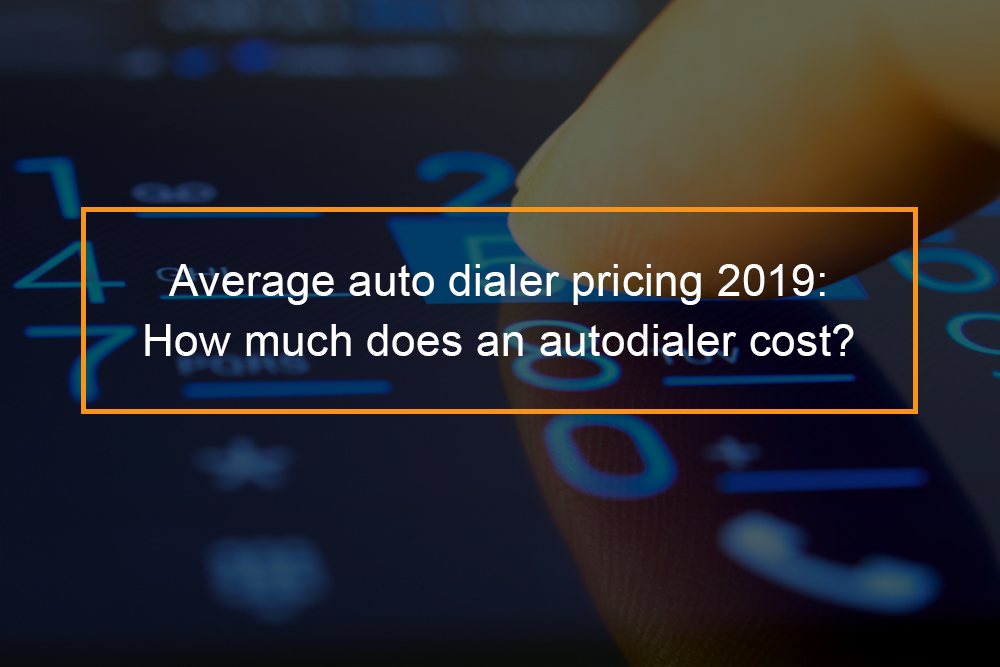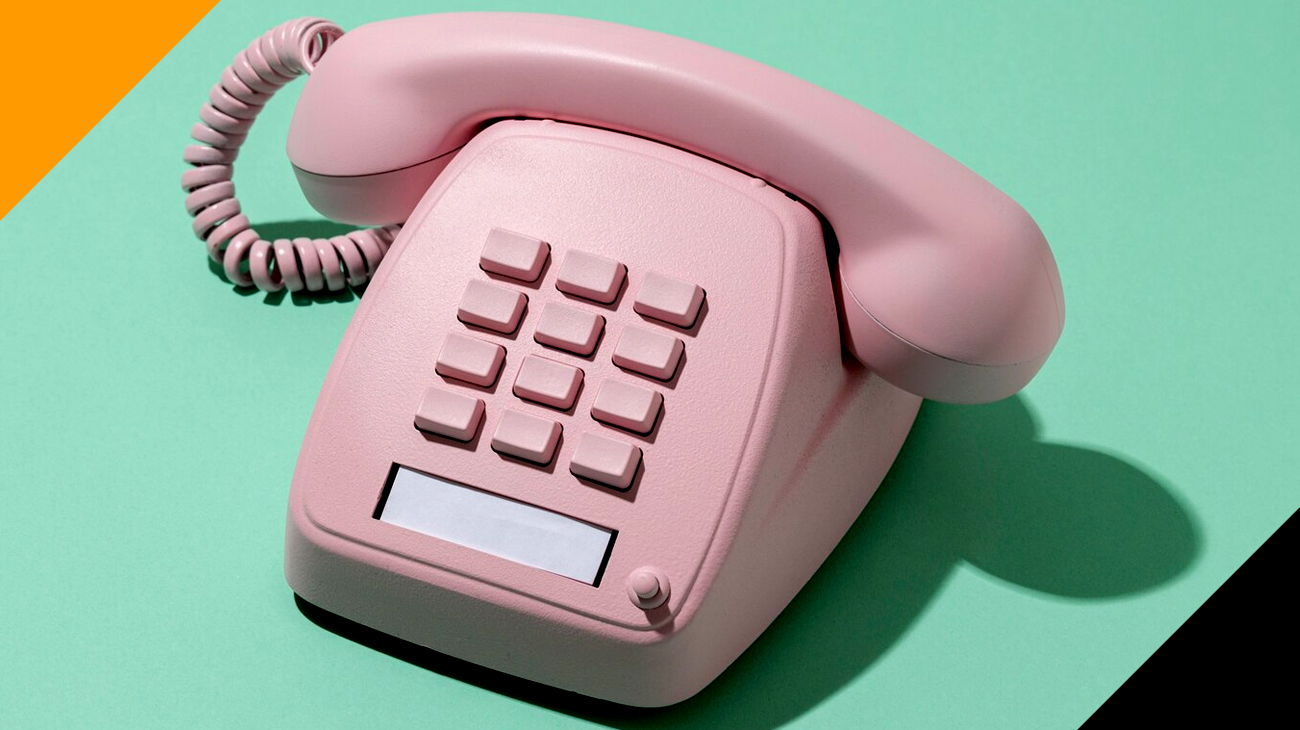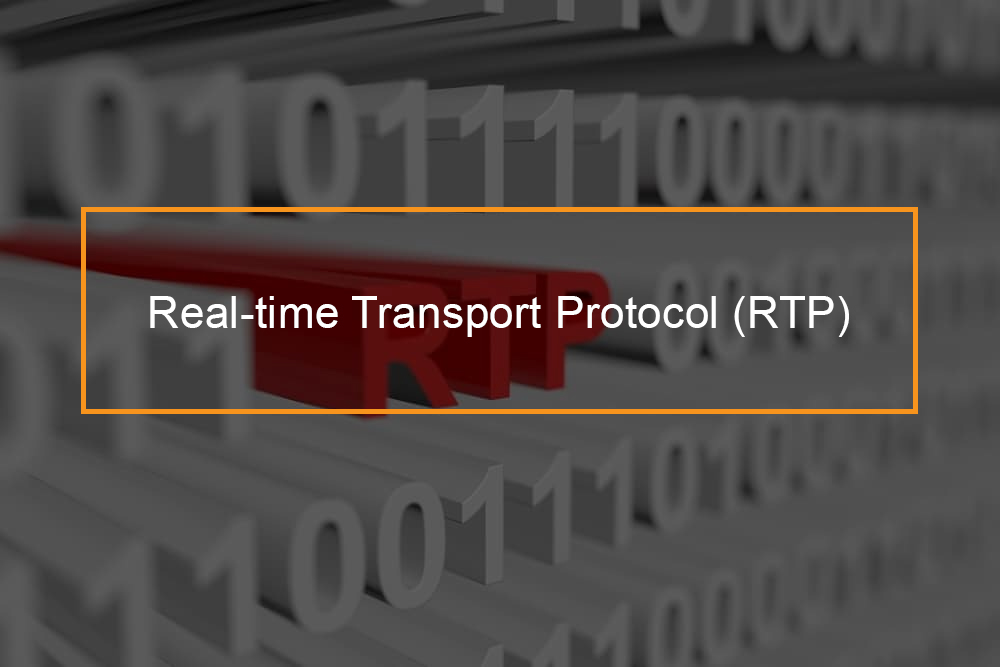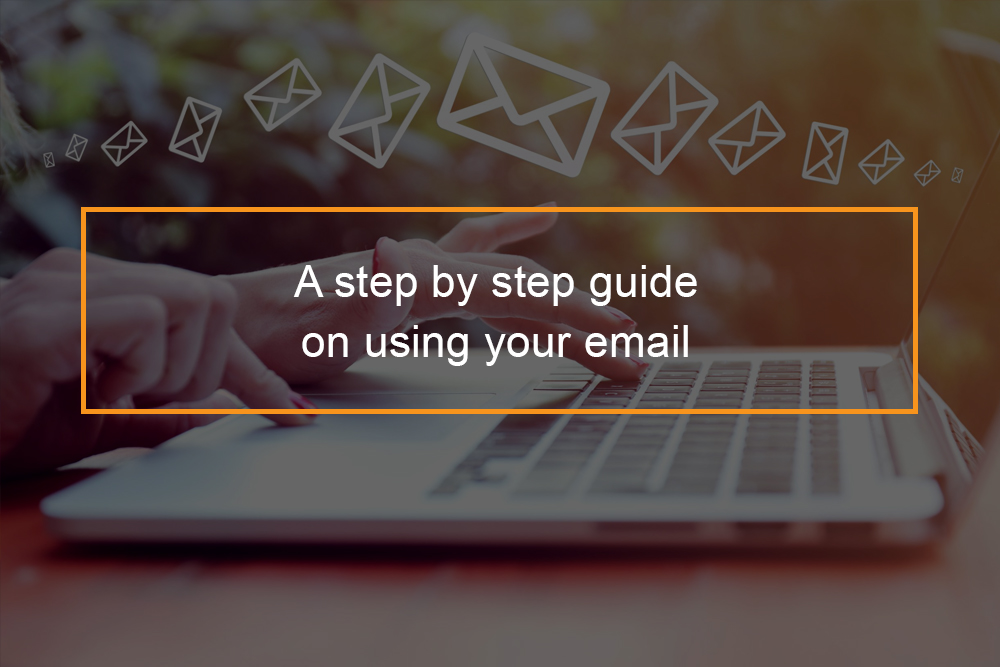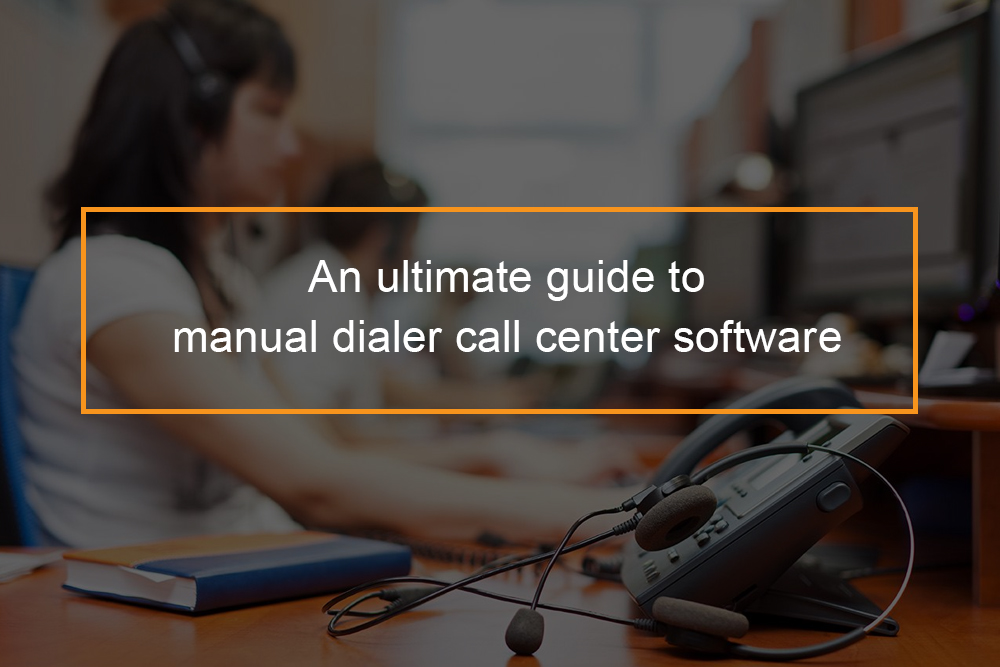 A manual dialer is a basic dialer where the agents dial the contact numbers from the list of the customers manually one after another. It is the traditional dialer with which most small call centers start their operations. With a manual dialer, call center agents dial a number either from a preloaded list or by typing with a keypad. Agents then have to wait for the phone call to connect, which can be either wrong, busy, or reach the answering machine. Since manual dialing does not have the scope of filtering these calls, thus it is the least efficient way of placing outbound calls.
A manual dialer is a basic dialer where the agents dial the contact numbers from the list of the customers manually one after another. It is the traditional dialer with which most small call centers start their operations. With a manual dialer, call center agents dial a number either from a preloaded list or by typing with a keypad. Agents then have to wait for the phone call to connect, which can be either wrong, busy, or reach the answering machine. Since manual dialing does not have the scope of filtering these calls, thus it is the least efficient way of placing outbound calls.
When do call centers use manual dialers?
Usually, manual dialing is used in outbound or blended contact centers, where a lot of information has to be processed by sales agents before dialing a lead, prospect, or customer. By contrast, when agents need to call larger databases in less time, power dialing is used. You can also use manual dialing if your business phone system is exceptionally orthodox and does system integrations with third-party applications are challenging. Or in highly secure dialer CRM, integrations are not allowed due to IP policies; call center managers may resort to manual dialing. In outbound sales processes where the data quality of call data is high, and there are many more processing steps, a manual dialer is more ideal. In some CRMS, you can integrate your phone system to facilitate an easy click to call feature. Agents click the customer name to summon the manual dialer.
What are the advantages of manual dialers?
What are the benefits of manual dialing?
With manual dialer systems, the agent dials a number and enters specific information about a call, such as a caller name, notes, call disposition, and appointment reminders, if any. These details, together with the time of the call, call durations, talk time duration can be saved in the database. When collated, this information can be used in monitoring call center agents’ performance via call recordings, logging details, and idle time.
Disadvantages of manual dialers?
While manual dialing seems for a starting call center at the same time, it is the least efficient dialing mode, among others. With manual dialing, call center agents spend most of their time in finding, dialing and re-dialing in case of wrong numbers, busy signals and answering machines, then they talk on the call. Reaching the customer becomes time-consuming; thus, it gets a bit frustrating for agents. Eventually, the sales calls and revenue receive a hit. Since manual dialers are agent-driven, therefore, they are prone to inconsistent performance. There are vast room and lags as a result of human involvement. Cloud call centers need to depend upon the sales agents’ discretion to get efficient calling performance.
What is the difference between auto dialer software and manual dialers?
Auto dialer software vs. manual dialers
The cloud call center dialers can be categorized into two broad divisions- auto dialing systems and manual dialers. The manual dialers are the most basic type of call center solutions. They need call center agents to dial telephone numbers manually by referring to the contact list often. The sales agent even has to wait to see if a live person answers the call. The outbound call centers cannot use manual dialers to control outbound marketing campaigns and manage thousands of calls. Presently, manual dialers are being used by businesses for simple outbound calling campaigns.
On the other hand, the auto dialer system simplifies outbound call campaigns by automatically dialing telephone numbers. Voice dialers (auto-dialers) can detect answering machines, pre recorded voicemails, unanswered calls, and busy tones. These phone dialers transfer automated calls to available agents or play pre recorded messages only when a live person answers the outbound call.
The outbound call centers can streamline calling campaigns further by choosing a variety of automated dialers- predictivedialers, progressive dialer, preview dialers, and power dialers. The modern call centers have already replaced manual dialers with automating dialers. Auto dialing software helps call centers to amplify agent talk time, decrease idle time, and improve customer experience. May enterprises even opt for an omnichannel contact center solution to enhance call center operation by levering cloud-based technologies.
The sophisticated omnichannel contact center dialers even help call centers transfer calls to various devices, run multiple campaigns, and generate workforce management tools. They also assist call center managers in monitoring agent performance and evaluate call quality by listening to live calls and reviewing call recordings. However, it is always essential for the decision to remember the main differences between auto dialer software and manual dialers.
Customer information access
The manual dialers need agents to place outbound calls manually. Thus, the agents can control the outbound calls according to the precise needs of individual calling campaigns. But automate dialing these days supports predictive progressive, and preview dialing modes.
Call volume
There is no modern call center that can manage a large number of outbound calls using manual dialers. The auto-dialers and other modern telemarketing software help call centers operate large scale calling campaigns and high volume automated outbound calls. Predictive dialing initiates outbound calls by predicting when a call center agent will be free to manage the next calls. Similarly, the progressive dialers dial the next contact number as so as a sales agent wraps up the current call.
Agent productivity
While using a manual dialer, the sales agents need to dial the number manually and wait to see if a live person is answering the call. Auto dialers use answering machine detection technologies to differentiate between answered calls and unproductive numbers. The feature helps call centers to boost agent productivity and manage the surge in outbound calls.
CRM integration
Most enterprises today manage customer information efficiently using CRM solutions. The companies lack any option to integrate manual dialers with their CRM systems. Thus, the agents have to update customer information manually after wrapping up a call. Automated dialers can integrate seamlessly with a business’s existing CRM systems.
Marketing campaign management
The manual dialers do not offer any features to improve outbound call campaigns. However, modern auto-dialers come with advanced phone messaging and calling features. Basic features of modern dialers include: Caller ids, call routing, call transfer, call routing, appointment scheduling, and call monitoring. Some auto-dialers come with advanced features such as: Interactive voice response, automatic call distribution software integration, touch tones, lead management, and workflow automation. These features simplify the monitoring and management of multiple marketing campaigns. Some auto dialing solutions even come with a free trial- no credit card required. Businesses can evaluate their efficiency without paying.
Types of automated dialer and automated dialing software
Types of auto dialer software
There are several different auto dialing technologies available today.
Predictive dialers: Build your outbound call center with predictive dialer
A predictive dialer makes thousands of calls in parallel and then routes the live call answers to the next available agent. Predictive dialing assists companies in closing more deals by making more automated phone calls with flexible call handling. Eventually, predictive dialing increases sales teams productivity. Examples of vendors include Five9, kookoo cloudagent, Adversus dialer, CallFire, and Voicent.
Power dialer explained
A power dialing is the same as a preview dialer, where the users initiate the calls and not placed until an agent is available. Power dialing is more commonly used in B2B environments. For example, power dialer vendors include CallFire and Five9. If your business does not integrate with the power dialer, you can use zapier integrations. Zapier integrations is a software that will make your applications integrate seamlessly.
Progressive dialer
A progressive and preview dialer is similar, but the system passes the call info to the call center agent at the same time the call is placed. In progressive dialers, the agent has a few seconds to view the call information but is not in control of the phone calling process. VanillaSoft is a top provider of this software.
Voice broadcast, also guided voicemail
Voice broadcasting allows users to send various voicemails at one time. These services are used when there is no need to speak directly to the recipient. Instead, customers listen to recorded audio messages. Voice broadcast as a feature is also built-in notification solutions. Typical uses include announcements (emergency notifications, invitations, renewal date coming due). Example vendors include CallFire, Voice broadcasting, and BoxPilot.
Live conversion automation
LCA combines phone dialer with call transfer and live agents to deliver assured live conversations to the caller. When an agent makes identification of targeted contact, the outbound or inbound calls are transferred without noticeable delay to the caller or contact. Example vendors incl;ude ConnectLeader and ConnectAndSell.

